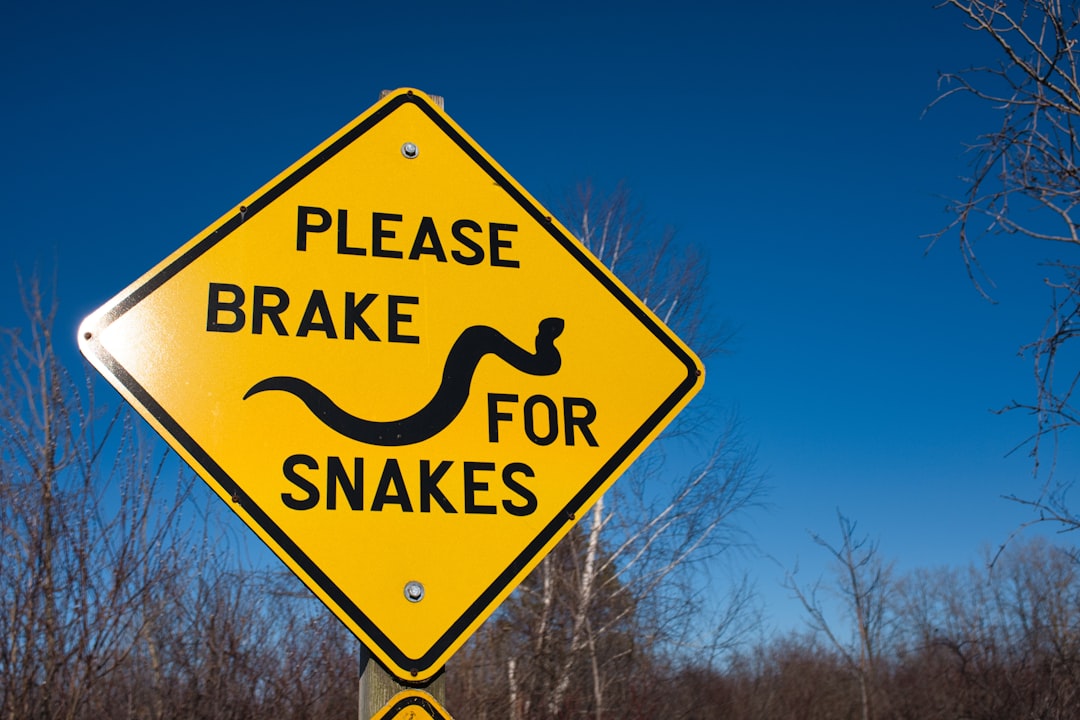
A recent study has shed light on a worrying trend: drivers are more likely to become distracted while using vehicles equipped with partial automation technology. While these systems, such as adaptive cruise control and lane-keeping assist, are designed to make driving safer and more convenient, they may be having the opposite effect by creating a false sense of security behind the wheel.
Partial Automation Technology: Convenience vs. Safety Risks
Partial automation, also known as “driver assistance” technology, is becoming increasingly common in modern vehicles. Features like automatic braking, lane centering, and speed control are marketed as ways to reduce driver workload and prevent accidents. However, these systems still require the driver to maintain control and stay alert.
The Study Findings:
Increased Distractions: According to the study, drivers who rely on partial automation systems tend to become distracted more often. They may engage in activities such as texting, adjusting in-car settings, or even daydreaming, falsely believing that the car can handle everything on its own.
False Confidence: Many drivers overestimate the capabilities of these systems, assuming that they can relinquish more control than is actually safe. This creates a dangerous scenario where drivers are less attentive, yet still legally and physically responsible for the vehicle.
Implications for Automakers and the Road Ahead
The findings of this study highlight the need for automakers to improve the design and communication of these systems. Drivers must understand that partial automation is not equivalent to full autonomy, and their attention is still critical to safe driving.
Potential Solutions:
Enhanced Warnings: Automakers may need to introduce clearer and more frequent reminders for drivers to remain engaged, even while using automated features.
Driver Monitoring: Technologies like driver monitoring systems, which track eye movements and alertness, could help ensure that drivers remain attentive while using partial automation.
For those analyzing the auto industry and automation trends, FMP’s Industry P/E Ratio API can provide insights into market shifts and automakers’ performance as they navigate the challenges of integrating these technologies.
Real-World Risks of Distracted Driving
Distracted driving has long been a leading cause of accidents, and the introduction of partial automation technology is adding a new layer of complexity to the issue. The National Highway Traffic Safety Administration (NHTSA) has documented an increase in accidents where driver assistance systems were active, signaling that these features might not be the solution they were initially touted to be.
Investors and industry professionals can stay updated on automotive safety developments through FMP’s Company Rating API, which provides data on companies’ safety standards, regulations, and more.
Conclusion
While partial automation technology offers numerous benefits, it’s clear that it also introduces new risks, primarily due to driver distraction. The recent study serves as a critical reminder that drivers must remain engaged, and automakers need to take more responsibility in designing systems that encourage attentiveness. For anyone keeping a close eye on the future of the automotive industry, safety trends will undoubtedly play a key role in shaping the market.

